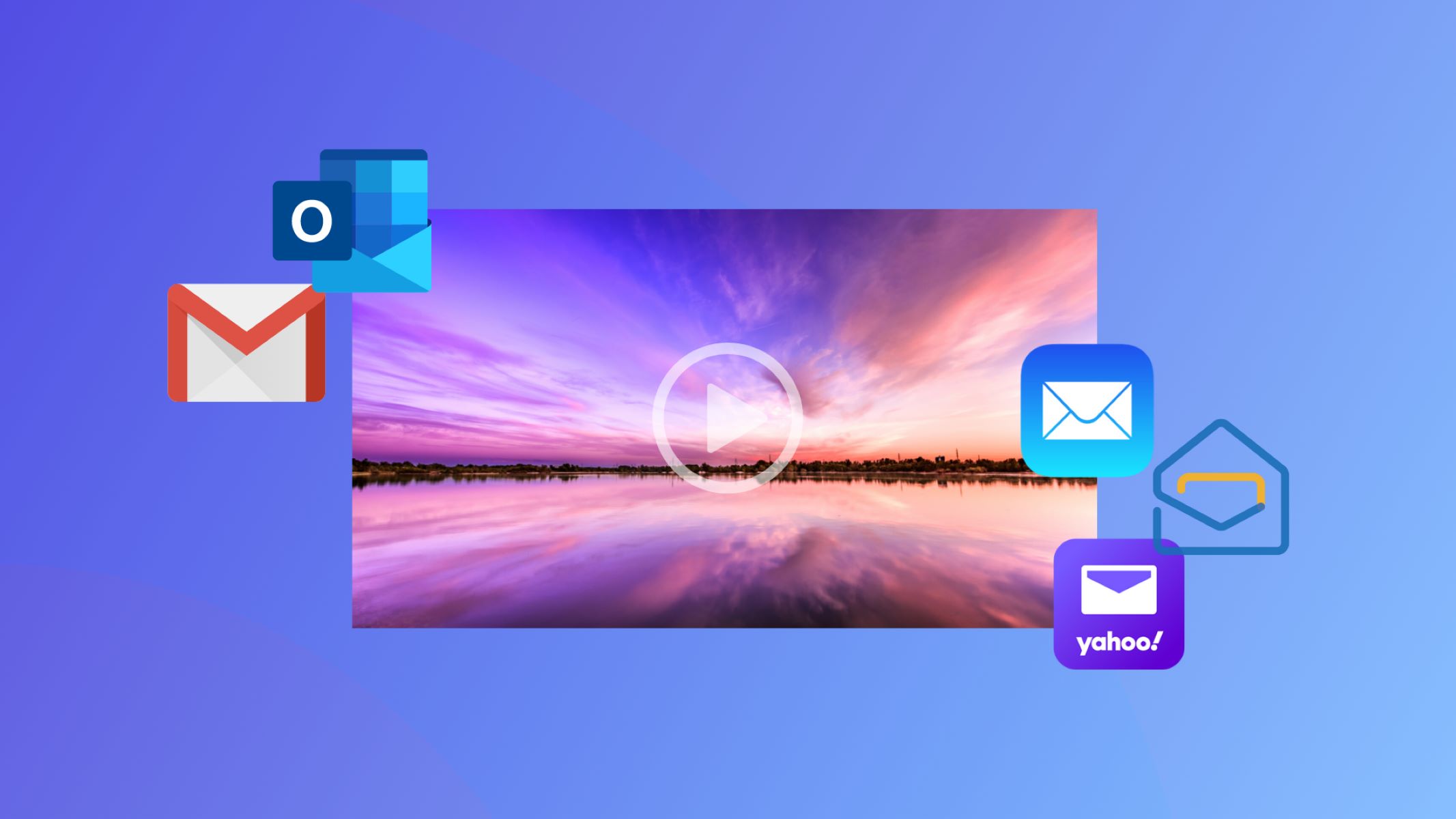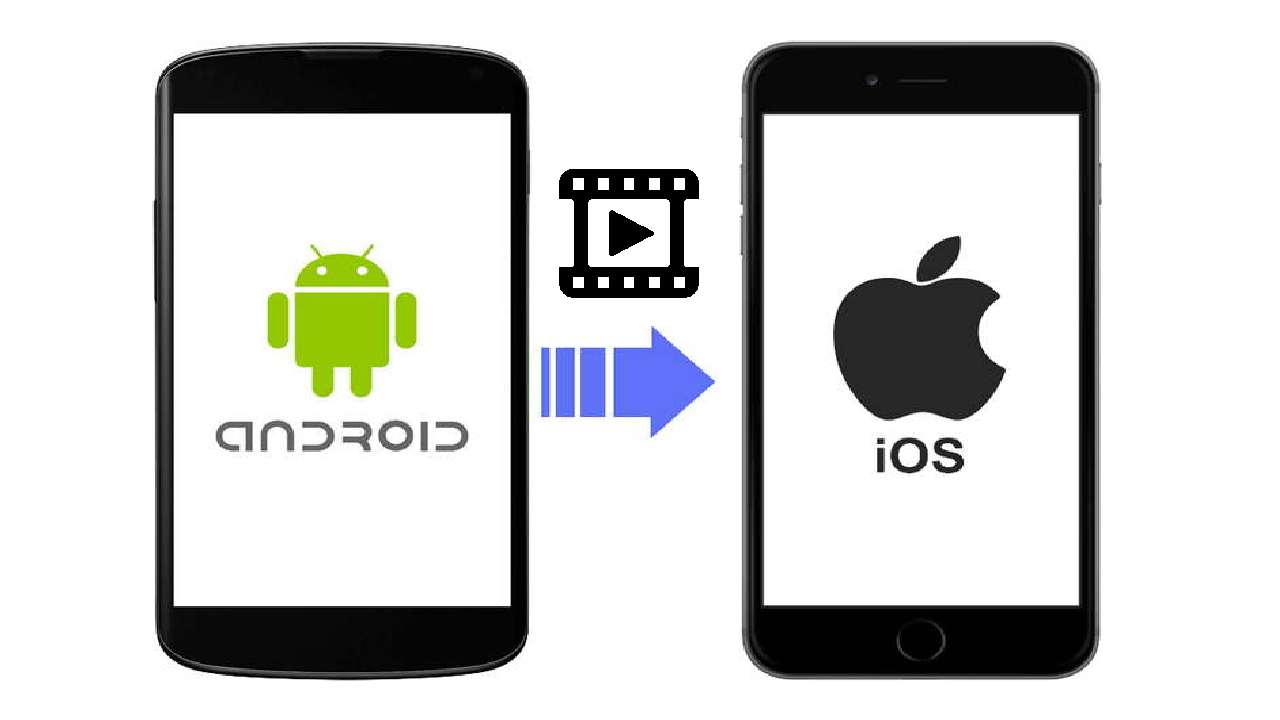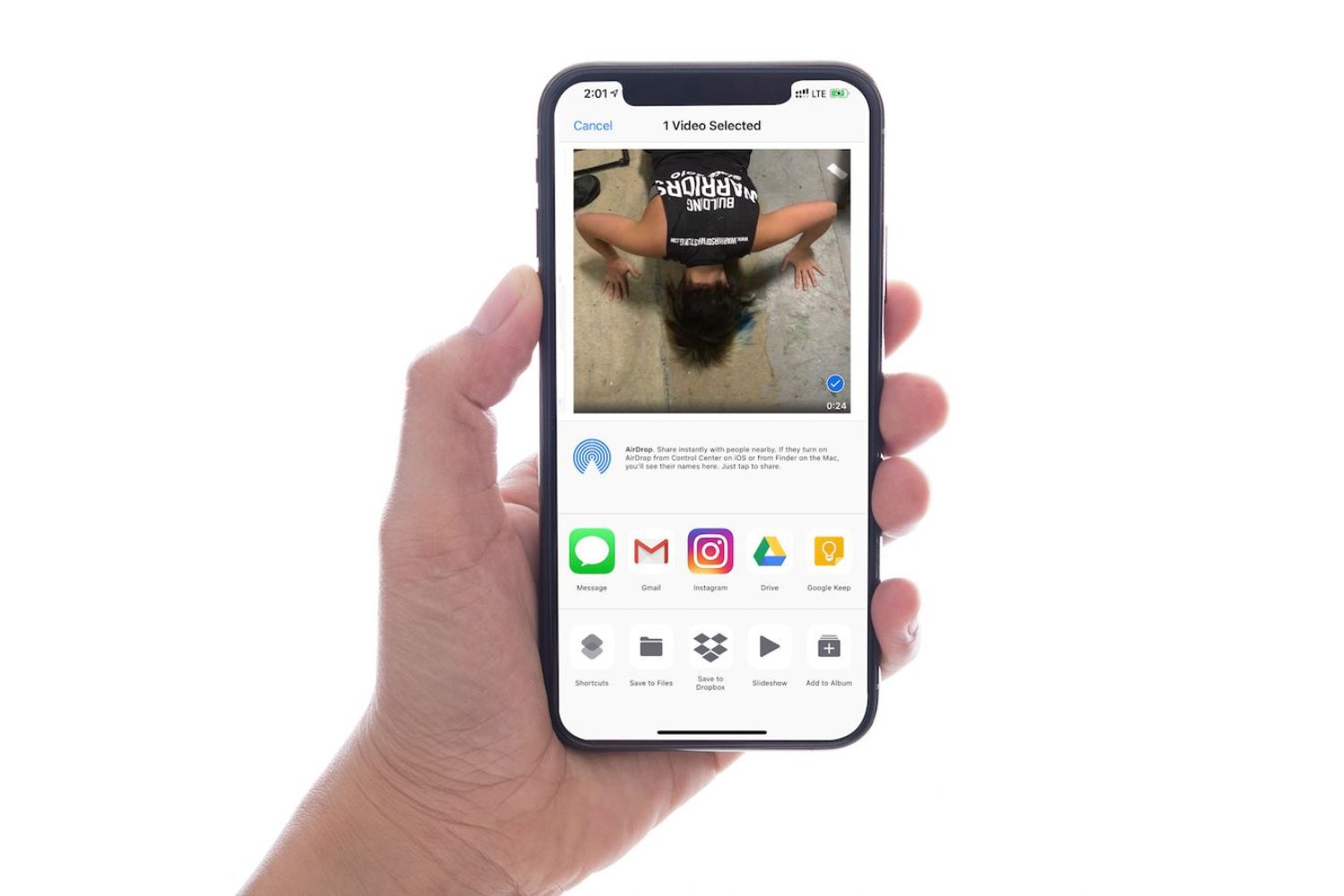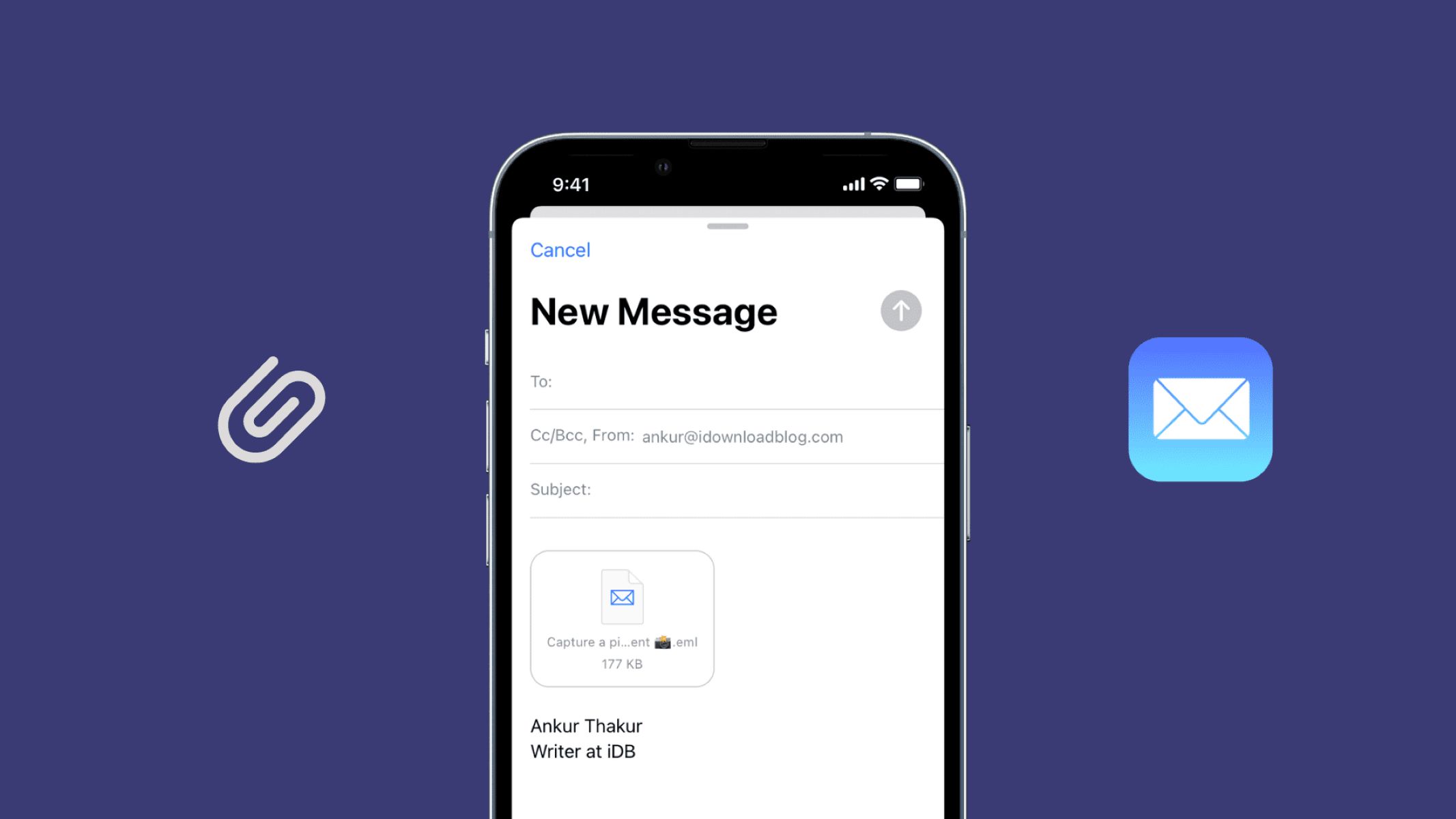Why Sending Videos by Email is Important
Sending videos by email has become increasingly important in today’s digital age. With the rise of online communication, video has become a powerful tool for businesses, marketers, and individuals to connect with their audience and convey their message effectively. Here are a few reasons why sending videos by email is crucial:
- Engagement: Videos have the ability to capture attention and engage viewers like no other medium. By sending videos through email, you are providing a more dynamic and interactive experience for your recipients. This helps create a stronger connection with your audience and increases the likelihood of them taking action.
- Storytelling: Videos offer a unique opportunity to tell a story and evoke emotions. Whether you’re promoting a product, sharing a personal experience, or delivering a heartfelt message, videos allow you to convey your message in a more compelling and memorable way. By sending videos via email, you can effectively communicate your story and leave a lasting impression on your recipients.
- Visual Appeal: Videos are visually appealing and can showcase your content or products in a more engaging way compared to plain text or images. By incorporating videos into your email marketing strategy, you can capture the attention of your audience and effectively convey your message, resulting in higher click-through rates and conversions.
- Personalization: Sending personalized videos through email adds a personal touch to your communication. Whether it’s addressing the recipient by name or customizing the content based on their preferences or behavior, personalized videos make your recipients feel valued and connected, increasing the chances of them engaging with your message and taking the desired action.
- Brand Awareness: Incorporating videos into your email marketing campaigns can help strengthen your brand identity and create brand awareness. By consistently delivering high-quality videos that align with your brand values and messaging, you can establish a strong brand presence in the minds of your recipients. This, in turn, can lead to brand recognition, loyalty, and increased engagement.
In summary, sending videos by email is important because it enhances engagement, allows for effective storytelling, provides visual appeal, enables personalization, and contributes to building brand awareness. By leveraging the power of videos in email marketing, you can effectively communicate your message, connect with your audience on a deeper level, and achieve your marketing goals with greater success.
Choosing the Right Video Format
When sending videos by email, choosing the right video format is crucial to ensure compatibility and optimal viewing experience for your recipients. Here are some factors to consider when selecting the appropriate video format:
- Compatibility: Not all video formats are universally supported across different email clients and devices. It’s important to choose a format that is widely recognized and compatible to ensure that your recipients can easily play the video without any issues. Popular and widely supported video formats include MP4, MOV, and AVI.
- Quality: The video format should be able to preserve the quality of the video while keeping the file size reasonable for email delivery. High-definition formats like MPEG-4 (MP4) and QuickTime (MOV) are recommended as they offer a good balance between quality and file size.
- Compression: Compressing your video files before sending them via email is essential to reduce file size and ensure faster loading times. This is especially important for recipients with slow internet connections or limited data plans. You can use video compression software or online tools to reduce the file size without significantly compromising the video quality.
- HTML5 Compatibility: With the increasing popularity of HTML5, it is advisable to choose a video format that is compatible with this technology. HTML5-compatible video formats, such as MP4, allow for greater flexibility and seamless integration within email clients and web browsers.
- Mobile-Optimization: With a significant portion of email recipients accessing their emails on mobile devices, it is crucial to consider mobile optimization when selecting the video format. Ensure that the chosen format is supported by mobile operating systems and can be played smoothly on different screen sizes.
In summary, when choosing the right video format for email, consider compatibility, quality, compression, HTML5 compatibility, and mobile optimization. By selecting the appropriate video format, you can ensure that your videos are easily accessible, maintain a good balance between quality and file size, and provide an optimal viewing experience for your recipients.
Compressing Your Video Files for Email
Compressing your video files before sending them via email is essential to ensure faster upload and download times, as well as to prevent any issues related to file size limitations. Here are some tips for compressing your video files for email:
- Choose the Right Resolution: Consider the resolution of your video. Higher resolutions, such as 1080p or 4K, result in larger file sizes. If your video doesn’t require high-definition quality, consider reducing the resolution to a more manageable size, such as 720p or lower.
- Adjust the Bitrate: Lowering the bitrate of your video reduces the overall file size. However, be cautious not to compress the video too much, as it can lead to a significant loss in quality. Aim for a balance between file size and video quality by experimenting with different bitrates and finding the optimal setting.
- Trim Unnecessary Footage: Before compressing your video, review the content and remove any unnecessary footage or segments that are not crucial to the message or story. This helps reduce the overall duration of the video and subsequently decreases the file size.
- Utilize Video Compression Tools: There are various video compression tools available online that can help you reduce the file size of your videos without compromising too much on quality. These tools usually offer options to adjust resolution, bitrate, and other settings to optimize the video for email delivery.
- Consider File Format: Choosing the right video file format can also impact the size of the video file. Formats like MP4 and MOV generally provide better compression compared to older formats like AVI or WMV. Additionally, using modern video codecs such as H.264 or H.265 can result in smaller file sizes with minimal impact on video quality.
- Split Large Files: If your video is too large to fit within the file size limitations imposed by email providers, consider splitting it into smaller parts. This allows you to send multiple email attachments, each containing a segment of the video, which can be easily reassembled by the recipient.
Remember that finding the right balance between file size and video quality is important. By compressing your video files using these techniques, you can ensure faster upload and download times, overcome email attachment size restrictions, and deliver your videos more effectively via email.
The Maximum Video Size and Length for Different Email Providers
When sending videos via email, it’s important to be aware of the maximum file size and video length limitations imposed by different email providers. Adhering to these limitations ensures that your videos can be successfully sent and received without any issues. Here are some guidelines regarding the maximum video size and length for popular email providers:
- Gmail: Gmail allows you to attach videos of up to 25MB in size. However, if the video exceeds this limit, Gmail provides the option to upload the video to Google Drive and share the video link in the email. As for video length, Gmail does not impose a specific limit, but it’s generally best to keep the video duration within a few minutes to maintain viewer engagement.
- Outlook.com (formerly Hotmail): Outlook.com has a maximum attachment size limit of 10MB for a video file. Similar to Gmail, if your video exceeds this limit, it’s advisable to upload the video to a cloud storage service such as OneDrive or Dropbox and share the link in the email. There is no specific limit on video length, but it is recommended to keep the video concise and within a reasonable duration.
- Yahoo Mail: Yahoo Mail allows video attachments of up to 20MB in size. If your video exceeds this limit, similar to Gmail and Outlook.com, you can use Yahoo’s own cloud storage service, Yahoo! Briefcase, or a third-party cloud storage service to upload and share the video link. As for video length, it’s recommended to keep it within a few minutes to ensure viewer engagement.
- Apple Mail (iCloud): Apple Mail, which is linked to iCloud, has a maximum attachment size limit of 20MB for video files. If your video exceeds this limit, you can utilize iCloud Drive to upload the video and share the link in the email. There is no specific limit on video length, but it is advised to keep the video concise and within a reasonable duration.
- Other Email Providers: It’s important to note that different email providers may have varying limitations on file size and video length. Some providers may have stricter limits, while others may have more generous allowances. It’s always a good idea to check the specific guidelines and limitations of the email provider you are using or consult their support documentation.
By adhering to the maximum video size and length limitations of different email providers, you can ensure that your videos are successfully sent and received, providing a seamless viewing experience for your recipients.
Tips for Uploading Videos to Email
When uploading videos to email, it’s important to follow certain guidelines to ensure a smooth and successful delivery of your video content. Here are some tips to consider when uploading videos to email:
- Compress the Video: As mentioned earlier, compressing your video before uploading it to email is crucial to reduce its file size. This helps ensure faster upload and download times, as well as prevents any issues related to size limitations imposed by email providers.
- Use a Reliable File Hosting Service: Instead of directly attaching the video file to your email, consider using a reliable file hosting service or cloud storage platform to upload and store your video. This not only helps overcome attachment size limitations but also ensures that the recipient can easily access the video by downloading it from the cloud.
- Provide a Direct Download Link: If you decide to upload your video to a file hosting service or cloud storage platform, provide a direct download link in your email. This allows the recipient to easily access and download the video file without any additional steps or complications.
- Consider Password Protection: If your video contains sensitive or confidential information, consider password-protecting the file before uploading it. This ensures that only the intended recipient with the correct password can access and view the video, adding an extra layer of security to your content.
- Test the Video Link: Before sending your email, make sure to test the video link to ensure that it works properly. Click on the link to verify that it opens the video and that it can be played without any issues. This helps prevent any potential problems for your recipients and ensures a seamless viewing experience.
- Include Instructions: In your email, provide clear instructions on how to access and view the video. If applicable, mention any password or download instructions that the recipient needs to follow. This helps avoid confusion and ensures that the recipient can easily access and enjoy the video content.
- Consider Email Clients and Mobile Devices: Different email clients and mobile devices may have varying support for video formats and file sizes. It’s important to consider the compatibility of your video with different email and mobile platforms to ensure that the recipient can view the video without any compatibility issues.
- Keep the Email Size in Check: While focusing on uploading the video, remember that email providers also impose limitations on the overall email size. Large video files, combined with other elements in the email, can increase the email size and potentially result in delivery issues. Ensure that your email remains within the size limit specified by the email provider.
By following these tips, you can successfully upload your videos to email, ensure compatibility with different email clients and devices, and provide a seamless viewing experience for your recipients.
Embedding Videos in Email Messages
While attaching video files or providing download links in email is a common method, embedding videos directly into email messages offers a more interactive and engaging experience for recipients. Here are some key points to consider when embedding videos in email messages:
- Use HTML5 Video: Embedding videos in email relies on the use of HTML5 video technology. Ensure that the email marketing platform you are using supports HTML5 video playback. This allows the video to be displayed directly within the email message, eliminating the need for the recipient to click on a separate link or attachment.
- Consider Email Client Compatibility: Email clients vary in their support for embedded videos. While some clients, like Apple Mail and iOS Mail, tend to handle embedded videos well, others may not display them correctly or at all. It’s important to test your embedded videos across various email clients to ensure compatibility and a consistent experience for your recipients.
- Keep the File Size Small: Since embedding videos in email increases the overall size of the email, it’s crucial to keep the video file size as small as possible. Compress the video using recommended video compression techniques mentioned earlier to minimize the file size without compromising on quality. Smaller video files load faster, reducing the risk of recipients abandoning the email due to long loading times.
- Provide a Fallback Image: Embedding a fallback image in the email is essential for recipients whose email clients do not support embedded videos or have disabled auto-play for security reasons. The fallback image should be visually appealing and include a prominent play button overlay to encourage recipients to click and view the video on a separate web page.
- Set Video Autoplay and Muted: To grab viewers’ attention and encourage engagement, consider setting your embedded video to auto-play as soon as the email is opened. However, ensure that the video is muted by default to maintain a positive user experience and avoid disruptive sound in an unexpected context. Provide a clear and prominent call-to-action for viewers to unmute the video if desired.
- Mobile Optimization: With a significant number of recipients accessing their emails on mobile devices, it’s crucial to ensure that your embedded videos are mobile-friendly. Optimize the video size, resolution, and formatting to ensure smooth playback on smaller screens. It’s also a good practice to provide a link to view the video on a separate web page for recipients who prefer not to consume videos within the email.
- Include a Text Link: In addition to the embedded video, include a text link as an alternative for recipients who may not be able to view the video or prefer not to. This provides accessibility and allows everyone to access the video content, ensuring a seamless experience for all recipients.
By considering these points, you can effectively embed videos in email messages, enhancing engagement, and creating a more interactive and immersive experience for your recipients.
Using Cloud Storage to Send Large Videos
When dealing with large video files that exceed the size limitations set by email providers, using cloud storage services is a convenient and efficient method to send and share your videos. Here are some advantages and considerations when using cloud storage to send large videos:
- Increased Storage Capacity: Cloud storage services provide ample storage space, allowing you to upload and store large video files securely. This eliminates the need to compress or reduce the quality of your videos to fit within email attachment limits.
- Easy Sharing: Cloud storage services offer simple and user-friendly interfaces to share your videos. You can generate shareable links that can be easily emailed to your recipients, giving them direct access to download or view the video files.
- Flexible Access: Cloud storage allows recipients to access and download the video files at their convenience. They can choose to view the videos directly from the cloud storage platform or download them for offline viewing, providing flexibility and convenience for the recipient.
- Collaboration: Cloud storage services often come with collaboration features, allowing multiple users to access and contribute to video projects. This is particularly useful for teams working on video editing and production, as it facilitates seamless collaboration and version control.
- Security: Most cloud storage services offer robust security measures to protect your video files. They often employ encryption, access controls, and secure protocols to ensure that your videos remain private and secure during storage and transfer.
- Link Expiration: Some cloud storage platforms allow you to set an expiration date for the shared links. This feature ensures that recipients only have access to the video files for a specified period, providing an added layer of control over the content.
- Consider Recipient Accessibility: Before sharing a large video through cloud storage, consider whether the recipient will have easy access to a stable internet connection or sufficient storage space to download the file. Ensure that the recipient is informed of the file size and provide alternative options, such as a lower-resolution version or a streaming option to accommodate their needs.
- Choose a Reliable and Compatible Cloud Storage Service: There are numerous cloud storage services available, each with its own features and limitations. Consider factors such as storage capacity, file size limits, pricing plans, and compatibility with common devices and operating systems when selecting a reliable cloud storage service for sending large videos.
By utilizing cloud storage to send large videos, you can bypass email attachment limitations, provide convenient access to recipients, and ensure the security and integrity of your video files.
Best Practices for Sending Videos by Email
When sending videos by email, incorporating best practices ensures that your videos are effectively delivered, viewed, and engaged with by your recipients. Here are some key best practices for sending videos by email:
- Keep the Video Length Concise: Shorter videos tend to have higher engagement rates. Consider the attention span of your audience and deliver your message within a few minutes. If you have a longer video, consider creating a teaser or highlight reel to grab attention and encourage the recipient to watch the full video.
- Create a Compelling Subject Line: The subject line of your email should entice recipients to open the email and watch the video. Use concise and attention-grabbing language that clearly communicates the value or benefit of watching the video, sparking curiosity and interest.
- Optimize Email Design: Ensure that your email design is clean, visually appealing, and mobile-responsive. Use an eye-catching thumbnail or preview image of the video to encourage recipients to click and watch. Pay attention to the placement and design of the play button, making it prominent and intuitive.
- Add a Call-to-Action (CTA): Encourage recipients to take action after watching the video by including a clear and compelling call-to-action. This can be anything from visiting a website, making a purchase, subscribing to a channel, or sharing the video with their network. Make the CTA prominent and provide a sense of urgency or value to drive engagement.
- Personalize the Email: Personalization creates a stronger connection with your recipients. Use their name and consider segmenting your email list to tailor your message based on demographics, preferences, or behaviors. Incorporating personalization makes your email and video content feel more relevant and engaging.
- Test Before Sending: Before sending your email, thoroughly test the video to ensure it plays correctly, the links are working, and the overall email design renders well across different email clients and devices. Test the email on desktops, mobile devices, and across various email providers to ensure a consistent and optimal viewing experience.
- Analyze and Iterate: Use email analytics to gain insights into the performance of your video emails. Monitor open rates, click-through rates, and engagement metrics to assess the effectiveness of your video content and optimize future campaigns. Adjust your approach based on the data to continually improve engagement and results.
- Follow Legal and Privacy Guidelines: Ensure compliance with relevant legal and privacy regulations, such as obtaining the necessary permissions and consent for sending videos to recipients. Be transparent about data collection, provide unsubscribe options, and respect the privacy preferences of your recipients.
- Provide Alternative Viewing Options: Recognize that not all recipients may be able to or prefer to watch videos within the email. Include alternative viewing options such as a link to view the video on a web page or a transcript of the video for accessibility purposes.
By following these best practices, you can effectively engage and connect with your audience through video emails, increasing the chances of your message being watched, shared, and acted upon.
Testing and Troubleshooting Video Emails
Testing and troubleshooting video emails before sending them to your recipients is crucial to ensure a seamless viewing experience and avoid any issues that may arise. Here are some key steps to follow when testing and troubleshooting video emails:
- Test across Multiple Email Clients: Email clients can render emails and embedded videos differently. Test your video email across various popular email clients such as Gmail, Outlook, Yahoo Mail, and Apple Mail to ensure compatibility and consistent display.
- Check Video Playback: Verify that the video plays correctly within the email. Ensure that the embedded video auto-plays or that recipients can easily click to play it. Test both desktop and mobile devices to ensure a smooth playback experience.
- Verify Link Functionality: If you are using a thumbnail or preview image that links to a separate web page for video playback, verify that the link is correct and takes recipients to the intended video page. Test the link on different devices and browsers to ensure proper redirection.
- Check Load Times: Video files can be large, potentially impacting the email’s load time and recipient experience. Test the email’s load time to ensure it’s not excessively slow. If needed, compress the video file further or consider alternative methods such as hosting the video elsewhere and linking to it in the email.
- Verify Mobile Responsiveness: With a significant portion of recipients accessing emails on mobile devices, it’s crucial to ensure that your video email is optimized and responsive across various screen sizes and orientations. Test the email on different mobile devices and screen sizes to ensure a seamless mobile experience.
- Check Spam Filters: Certain keywords or elements in your email’s content may trigger spam filters, causing your email to be flagged as spam. Test your email using spam filter testing tools to identify any potential issues and make necessary adjustments to improve deliverability.
- Monitor File Size: Be mindful of the file size of your video and other email elements. Large file sizes can impact delivery and may cause issues for recipients with limited bandwidth or storage capacity. Compress the video file further if necessary, and optimize other email elements to maintain an appropriate file size.
- Test for Accessibility: Ensure that your video content is accessible to all recipients. Provide alternate text for images, closed captions or transcripts for videos, and consider using descriptive alt tags or audio descriptions to make the email inclusive for people with visual or hearing impairments.
- Monitor Analytics: After sending your video email, monitor analytics such as open rates, click-through rates, and video engagement metrics. Analyze the data to gauge the performance and effectiveness of your video email, and make necessary adjustments for future campaigns.
- Stay Updated with Best Practices: Video email best practices and email client capabilities can evolve over time. Stay updated with the latest trends and recommendations to ensure your video emails adhere to current standards and deliver optimal results.
By thoroughly testing and troubleshooting your video emails, you can identify and address any potential issues before sending them to your recipients. This ensures a positive viewing experience, higher engagement rates, and increased success in your email marketing efforts.
Conclusion
Sending videos by email is a powerful and effective way to engage and connect with your audience. By following the best practices outlined in this article, you can ensure that your video emails are well-optimized, compatible, engaging, and deliver a seamless viewing experience for your recipients.
Choosing the right video format and compressing video files are crucial steps to ensure compatibility and reduce file size for email delivery. Understanding the maximum video size and length limitations of different email providers allows you to effectively share your videos without encountering any issues. Whether you choose to embed the videos directly in the email or use cloud storage to send large video files, it’s essential to consider recipient accessibility and preferences.
Personalization, compelling subject lines, clear CTAs, and eye-catching email designs are all important factors in creating engaging video emails. Testing and troubleshooting your video emails across various platforms and devices is imperative to guarantee a smooth playback experience. Additionally, monitoring analytics provides valuable insights to help refine your video email strategies and improve future campaigns.
Overall, incorporating videos into your email marketing strategy can significantly enhance engagement, storytelling, and brand recognition. By utilizing the tips and best practices outlined in this article, you can effectively leverage videos to connect with your audience, convey your message, and achieve your marketing goals successfully.

























